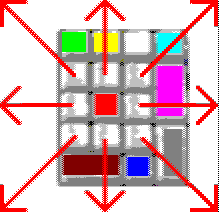 |
| Num Lock key Turns MouseKeys on and off |
| Numpad / sets the 5 key as the left button |
| Numpad * sets the 5 key as the Center button |
| Numpad - sets the 5 key as the right button |
| Numpad 1,2,3,4,6,7,8 and 9 control the direction. Numpad 5 is the button. |
| Windows 95 Menu | Windows 95 Mouse Keys | Full screen |
When you are installing Windows 95, one of the options is "Accessibility Options". If installed, this will be one of the Icons in the Control Panel.
While designed for those who may have trouble controlling a mouse, it has other uses. For instance, if your mouse becomes disabled, you can navigate using the Mouse Keys. I find it useful in drawing programs as I can draw a straight line vertically, horizontally or diagonally. You can precision navigate for cutting and pasting or drawing. It compensates for my lack of artistic skill and imperfections in my mouse.
When turned on, the keys on the Numpad can move the mouse in a direction you want. You can Drag-And-Drop items, you can "Click" on items, and you can control how fast the cursor responds.
|
| Holding down the CTRL key, while using the navigation, causes accelerated movement. Holding down the Shift Key, while using the navigation, keeps the cursor movement at slow speed.
|
| Dragging: | Double-Clicking is accomplished by pressing the + key on the Numeric key pad. |
| The DEL (. decimal point on the Numeric keypad) key simulates releasing the left button. |
| The INS key (0 on the Numeric Keypad) simulates holding down the left button. Press it once to simulate holding down the key. Click again to release the key. |
 | |||
| The first Icon indicates that the Numpad 5 key acts as the Right Mouse Key. |
| The second Icon indicates that the Numpad 5 key acts as the Left Mouse Key. |
| The third Icon indicates that the Numpad 5 key acts as the Center Mouse Key. |
| The fourth Icon indicates that the Mouse Keys are turned off. |
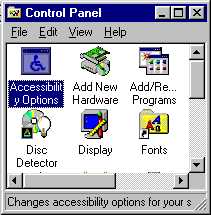
If the Accessibility Options Icon is not there, you must install the program.
Next select Mouse.
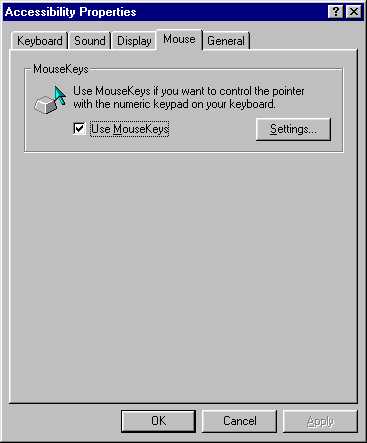
Make sure the box is checked to make Mouse Keys available. Click on Settings to customize how it works.
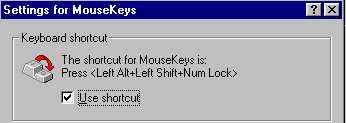
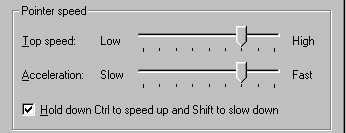
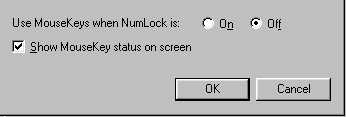
The first option here is the Keyboard Short Cut.

| If the Box is checked, you can turn the Mouse Keys on and off without accessing the Control Panel. | |
| Holding down the Left Alt key, the Left Shift key and pressing the Num Lock key on the Numpad will toggle the Mouse Keys on and off. | |
| An audio Pitch down will sound when you turn the Mouse Keys off. | |
| An audio Pitch up will sound when you turn the Mouse Keys on, and a Menu will appear notifying you that the Mouse Keys have been turned on. | |
The next options are the Pointer Speeds.

| The Top Speed is the maximum speed if you hold a directional key down. It will start slow, then speed up. | |
| The Acceleration is how fast it will change from slow to fast. | |
| If the box is checked for Hold down CTRL to speed up and Shift to slow down, you can control the speed. | |
The Next option is whether to use the Mouse Keys when Num Lock is turned on or turned off.

The last option is Show Mouse Keys status on screen. If this is checked, there will be a Mouse Icon in the System Tray that will change according to the status of the Mouse Keys.
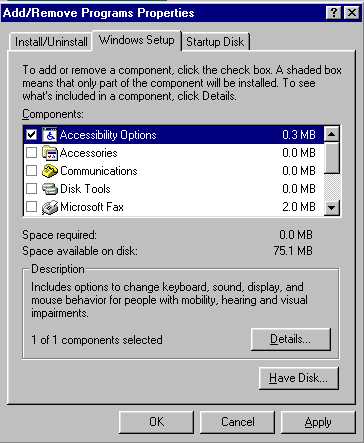
 Comment to PoliTalk |
|